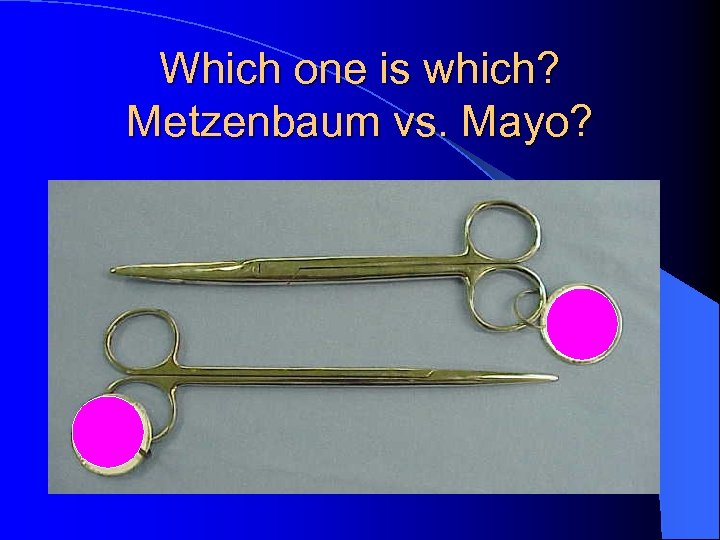

These are deemed to be standalone software and fall within the scope of the definition for a medical device, and should be classified as follows: software applications to analyse electrocardiogram signals on a computer independent of the electrocardiogram). Some software applications are not embedded into the medical device itself (e.g. embedded software to operate an electrocardiogram). Most software is incorporated into the medical device itself (e.g. essential principles for safety and performance, post-market surveillance, etc).

This is for the purpose of a Declaration of Conformity 28 KB.Īccessories intended to be used specifically with a medical device to help in its function shall be subjected to the regulatory requirements that apply to the medical device itself (e.g. a customised kit that provides all the medical devices necessary to carry out a particular surgical procedure), the risk class assigned to the collection should be the same as that of the medical device with the highest risk class included within. If the combination is for the convenience of the user but does not change the intended purposes of the individual medical devices that make it up (e.g.If the combination results in a product that is intended to meet a purpose different from that of the individual medical devices that make it up, the combination is considered a new medical device should be classified accordingly.The risk classification of a collection of medical devices that individually comply with all regulatory requirements depends on the product owner’s purpose in packaging and marketing. a physiological monitor and a separate recorder, or a general purpose syringe and a syringe driver). This is regardless of whether they are from the same product owner (e.g. If one medical device is intended to be used together with another medical device, the risk classification rules shall apply separately to each of the medical devices. conventional versus absorbable sutures).īased on the product owner’s intended purpose, if two or more risk classification rules apply to the medical device, the medical device is assigned the highest risk class. Whether they are intended to have a biological effect on the patient.Whether the medical device delivers medicinal products or energy to the patient.The duration of medical device contact with the body.Heart valves or implantable defibrillatorĪ number of factors affect medical device risk classification. The examples given are for illustration only and the product owner must apply the risk classification rules to each medical device according to its intended purpose. The table below indicates the four risk classes of medical devices. General medical devices General risk classification system


 0 kommentar(er)
0 kommentar(er)
